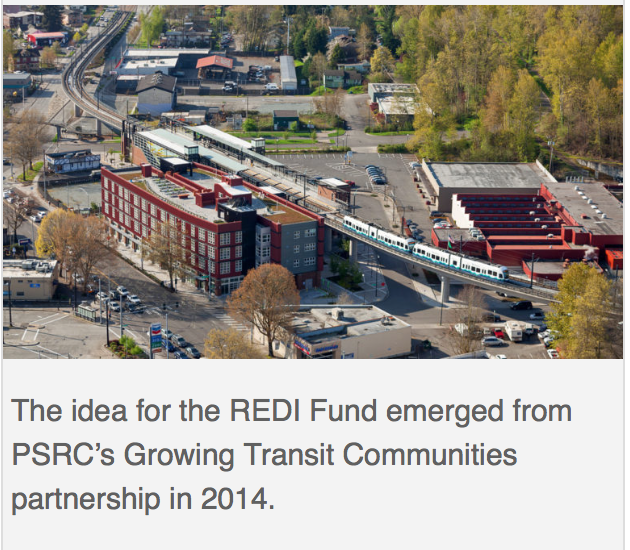The participation of a variety of organizations and government agencies in creating a fund to stimulate affordable transit-oriented development for lower-income households is laudable. But this $21 million loan fund is miniscule in comparison to the $54 billion dollar transit investment program approved by Seattle area voters in November 2016. It is simply not enough, at least at inception, to make a significant difference.
Optimistically, a loan program like this one might achieve a 10:1 leverage ratio--that is for every dollar from the fund, perhaps as much as $10 of other funding (loans or equity investment) could be mobilized. This would result in approximately $210 million of housing investment.
In the Seattle region, acquiring land and constructing new housing costs at least $300 per square foot, or about $300 thousand for 1,000 square foot apartment or condominium. If all of $210 million of funding goes toward new housing development, it would create no more than 700 units of new housing. At an average household size of three persons, this new housing would accommodate 2,100 people--in a region that is currently growing by over 75,000 persons per year.
New housing development does not occur overnight, especially when a multiplicity of programs have to be mobilized to reduce costs for buyers or renters. At best, it would take at least five years to put these 700 units in place. Based on this timing and current growth rates, the program would generate new housing for less than one percent of the population added to the region between 2017 and 2022.
